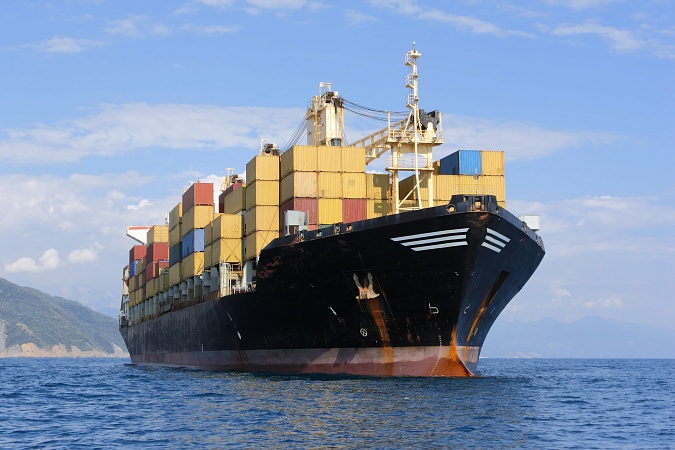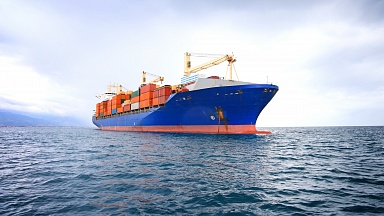A sharp increase in ‘double-sailings’ is adding further pressure on ports already struggling with high volumes and disrupted container shipping schedules, new analysis by Sea-Intelligence has revealed.
Its latest Sunday Spotlight briefing analysed the frequency of double sailings — when two or more vessels are sailing within the same week on the same service string. «What happens is that both the origin and destination ports are placed under higher strain in the week of two vessels,» highlighted Alan Murphy, CEO of Sea-Intelligence.
«Under normal market conditions, such shifts would be of limited market impact, as ports are able to absorb such fluctuations within normal operations. Right now, many ports are severely congested and hence do not have such buffers.»
He continued: «As we were interested in analysing the trend, we measured the development in double-sailings as a rolling 3-week average. On Asia-NAWC, we found that from 2012 to mid-2020, the norm was to have an average of two such double-departures in the trade per week, and hence presumably ports can handle this.

«In late summer 2020 we see a rapid escalation to around 5-6 double departures and increase in mid-June 2021 to 13.»
To make this measure comparable across trades, Sea-Intelligence re-calculated the data as a ratio between the number of double-departures and the planned number of departures. For Asia-NAWC, this is shown in figure 1.
«The share of double departure in July-September 2021 abates somewhat, but this is because the operational changes leading to double-departures often happen relatively close to vessel departure, and hence the share going forward could further increase. The trend for Asia-NAEC is also similar to that of Asia-NAWC,» Murphy observed.
«On the other hand, on the Asia-Europe trade the double-departure ratio is slightly lower than the one seen in the Transpacific trade. We saw double-departures to North Europe start to escalate from November 2020 and from January 2021 to the Mediterranean.»
He concluded: «What the data shows is the extreme increase in operational instability related to the number of vessels deployed on each individual week, seen in relation to normal planned operations. This in turn creates large peaks and troughs in terms of port operations, and hence all else equal, this development will serve to further complicate port congestion issues, rather than alleviate them.»




